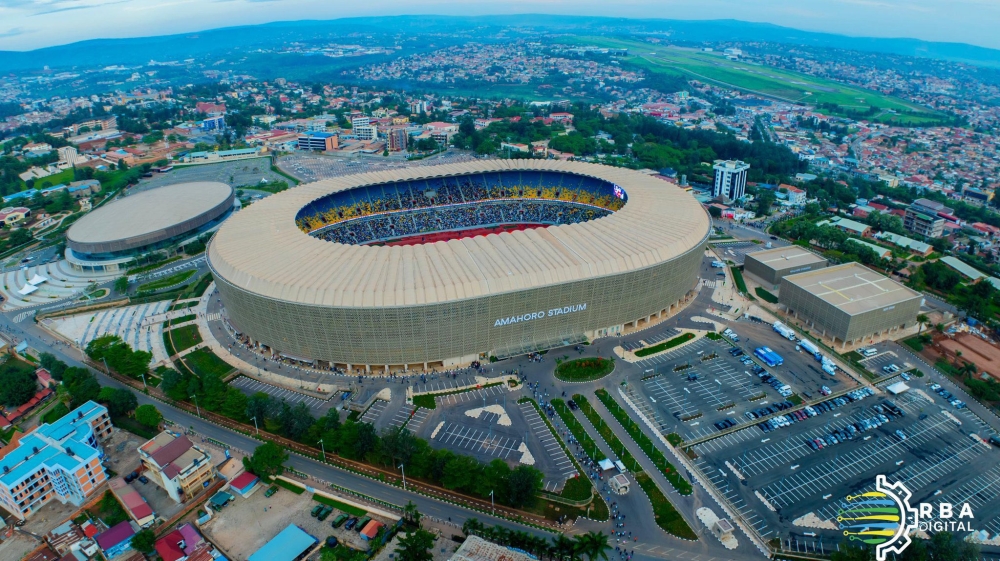

As Peter Drucker, an American educator, and author, whose writings contributed to the philosophical and practical foundations of modern management theory once said, "If you want something new, you have to stop something old.”
As Rwandans continue to commemorate 100 days in which over one million people were killed during the 1994 Genocide Against the Tutsi, the country pauses in solemn remembrance — not to dwell in grief, but to gather strength and insight for the road ahead.
President Paul Kagame’s stirring address during the Genocide Against the Tutsi commemoration week did not merely revisit our painful history; it issued a challenge — a call to confront not just the shadows of our past, but also the stagnation that might threaten our present.
His message was universal — directed not only to leaders or survivors, but to all Rwandans. With humility and resolve, I especially appeal to professionals in the built environment, educators, innovators, and changemakers. Our collective responsibility now lies in transforming remembrance into tangible progress, anchored in Vision 2050 and the National Strategy for Transformation (NST1 & NST2).
What Kind of Future Does Rwanda Need?
In today’s reality, remembering alone is not enough. To secure a sustainable, equitable, and prosperous Rwanda for future generations, we must adopt deliberate, holistic, and honest mindsets.
Two transformative, homegrown frameworks — HAIR and STEIC — provide the lenses and moral compass necessary for this journey. These are more than acronyms; they are tools to shape how we think and behave in pursuit of a high-income, inclusive, knowledge-based nation.
HAIR: A Future-Ready Mindset (Helicopter View, Analysis, Imagination, Reality)
This framework encourages visionary, systems-level thinking — essential for professionals who must lead not just with skill, but with foresight.
Rwanda’s transformation from a failed state in 1994 to a globally respected model of governance is remarkable. But the next chapter — from climate resilience to health equity, smart housing to rural electrification — demands that we stop working in silos. We must connect our disciplines to national priorities like human capital development, urbanization, agriculture modernization, and the digital economy.
Vision 2050 and NST2 require evidence-based governance. No more guessing or copying. We must be data-driven and community-informed — replacing assumptions with research, and allowing citizen voices to shape policy and innovation.
Innovation should not be imported; it must be homegrown. We need proudly Rwandan solutions — from smart green villages to indigenous fintech platforms. Let’s co-create with communities, dream in Kinyarwanda, and code in Python, Java, or Go.
A vision means nothing if it remains on paper. We must translate strategies into functioning schools, clean water, responsive hospitals, and ethical public service. Let impact — not intention — be our measure.
STEIC: A Moral Compass for Transformation (Social Responsibility, Transparency, Ethical Standards, Integrity, Collaboration)
If HAIR shapes our mindset, STEIC shapes our behavior. As we build, we must do so on ethical foundations.
Always ask: Who benefits from my work? Whether you're designing a public facility in Nyagatare or implementing tech solutions for youth in Nyamasheke, ensure your work uplifts the most vulnerable.
Good governance begins with openness. Let our institutions — from procurement to auditing — be transparent, accountable, and worthy of public trust.
Progress without principles is perilous. If it’s not right, it’s not worth it. Uphold Rwandan values and the law, in every contract and consultation. Let your conscience be your compass — in boardrooms, on construction sites, in codebases. Choose character over shortcuts.
Rwanda’s complexity requires collective intelligence. Multidisciplinary Coalitions of Professionals (MCPs) — think engineers, planners, artists, and coders — must work together. Imagine a public park designed for healing and unity, or solar-powered water systems co-created by civil engineers and rural cooperatives. Let us champion Collaborative Engineering Innovation Sandboxes (CEIS) and cross-sector synergy.
The path forward
We cannot carry the past and ignore the future. To truly honor the memory of the 1994 Genocide against the Tutsi, mediocrity in 2025 is unacceptable. The time has come to abandon outdated mindsets, hollow professionalism, and habits that hold us back.
Let us embrace the boldness to begin anew — where quality and timely delivery are standard, where values are not spoken but lived, and where vision is not confined to documents, but embodied as national culture.
With HAIR to sharpen our foresight and STEIC to ground our ethics, Rwanda will not only remember — it will rise.


